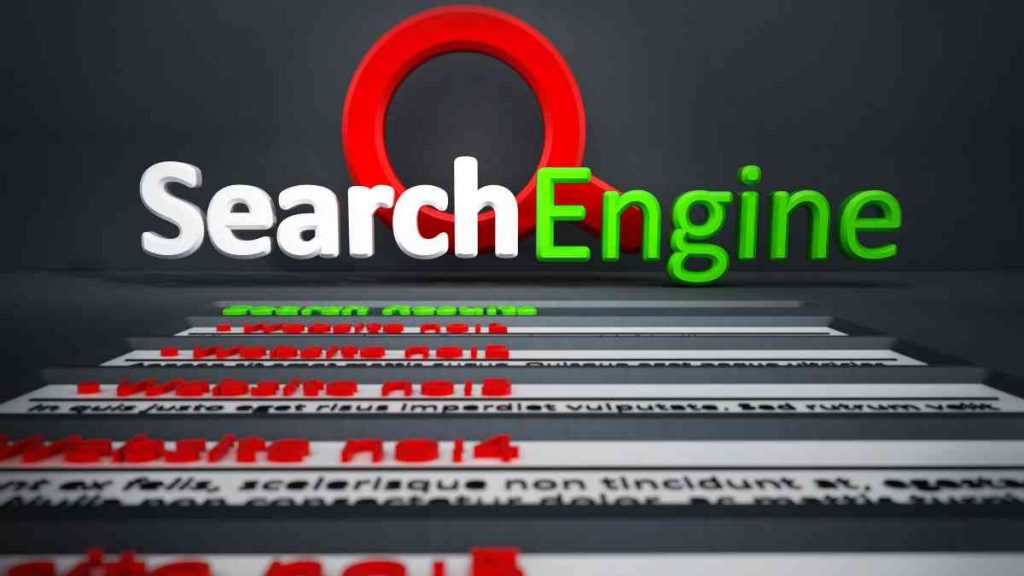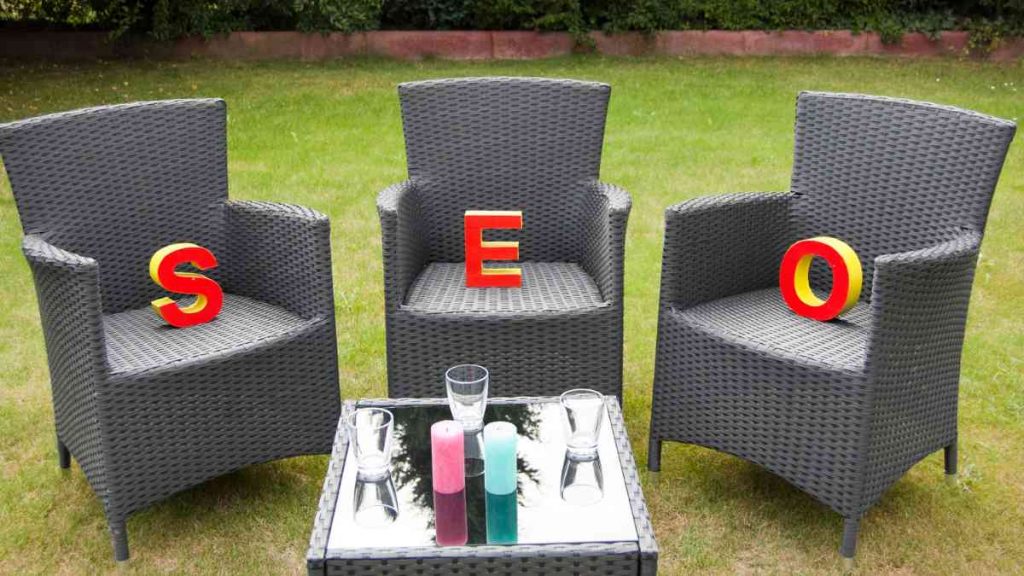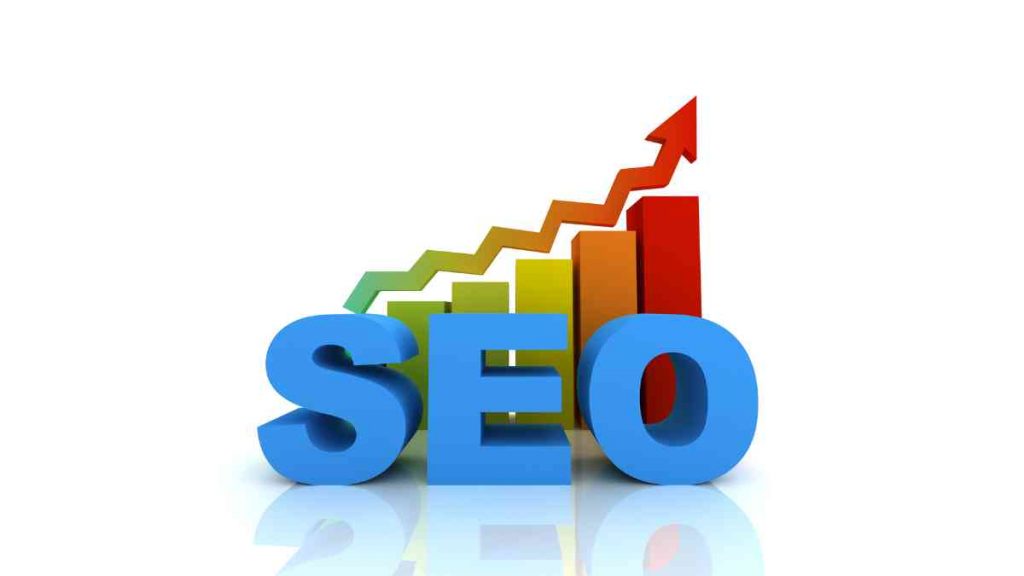You know SEO (Search Engine Optimisation) in marketing is important for your business, but every time someone starts explaining it, your eyes glaze over. Between talk of algorithms, keywords, and technical jargon, it all sounds incredibly complicated. So, you put it aside, focusing instead on social media posts or paid ads that seem to give quicker results.
Many small business owners find SEO overwhelming and struggle to see how it connects to actual sales. But while you’re focusing on quick wins, your competitors who understand SEO are quietly building a steady stream of customers who find them naturally through Google searches.
This article cuts through the confusion to explain what SEO is in digital marketing, why it’s so important for small businesses, and how you can start using it to bring customers to your door without the complexity or big budgets.
Prefer listening? We’ve also covered this topic in our Bots & Brains podcast. Scroll down to the end of this guide to listen right here on the page.
How Search Engines Work
Before we dive into the world of SEO, let’s quickly explain how search engines work.
When someone searches for something on Google, the search engine quickly scans its massive index of websites to find the most relevant and trustworthy results.
But before that can happen, every page of every existing website needs to be crawled, indexed, and ranked.
Here’s what that means in simple terms:
- Crawling – Search engines send out little bots (often called crawlers, or spiders) to explore your website. They follow links, read your content, and check how your site is structured. If your site is easy to navigate, these bots can quickly understand what it’s about.
- Indexing – Once your site is crawled, the information is stored in a huge database (the index). Indexing is like adding a book to a library catalogue. If it’s not in the catalogue, no one will be able to find it.
- Ranking – When someone searches for a term related to your business, search engines use hundreds of factors to decide where your page appears in the results. Relevant content, good user experience, and trustworthy links all help you rank higher.
Your job with SEO is to make each of these steps easy: help Google find your pages, understand them, and view them as the best answer for your ideal customer’s query.

What Is SEO in Digital Marketing?
Now that you know how search engines work, SEO is easier to understand.
SEO (Search Engine Optimisation) is about making improvements to your website so search engines can find your pages, understand them, and recommend them to people searching for what you offer.
The goal is simple.
When someone searches for a word or phrase related to your products or services, you want your business to appear as a listing on the first page of Google, and as high up as possible.
These listings are called organic search results on the search engine results page (often called the SERP). Paid ads, which appear with an “Ad” label at the top of the results, cost money for every click.
People tend to trust organic results more than ads, so they are more likely to click on them. The higher your position, the more clicks you’re likely to get. 75% of users never click past the first page of search results, and the #1 organic result gets about 27.6% of all clicks.
SEO works alongside your other marketing efforts, such as social media, email, content creation, and paid advertising. But while those channels require ongoing investment or posting, good SEO can keep bringing customers to your website even when you’re not actively working on it. A well-optimised page can keep attracting people for months or even years.
The Main Components of SEO in Digital Marketing
Most SEO work falls into three main areas. Think of them as three parts of the same puzzle that need to work together for the best results.
On-Page SEO
On-Page SEO is everything you do on your website to help search engines understand your content and to make it more useful for visitors.
- Using clear headings so both people and search engines know what each section is about.
- Writing helpful, easy-to-read copy that answers the questions your customers are asking.
- Including the words and phrases (keywords) your customers type into Google, but in a natural way that flows well.
- Adding internal links that guide visitors and search engines to other relevant pages on your site.
- Creating engaging page titles and short descriptions (meta descriptions) that appear in search results and make people want to click.
Off-Page SEO
Off-Page SEO is about building your website’s reputation and trust by getting recognised outside your own site. Things like:
- Earning links from other trustworthy websites (backlinks) that point to your pages, like a vote of confidence.
- Being mentioned on reputable sites, in articles, or on social media.
These signals tell search engines that your site is worth recommending.
Technical SEO
Technical SEO is the behind-the-scenes work that helps search engines access, read, and store your site correctly. Here are some concrete examples:
- Ensuring your site loads quickly.
- Making sure your site works well on mobile devices.
- Fixing broken links that lead to “page not found” errors.
- Creating an XML sitemap that tells search engines which pages exist on your site.
- Ensuring your site has proper security.
When these three areas work together, they create a strong foundation. Your technical setup makes sure Google can find and read your content, your on-page work helps Google understand what you offer, and your off-page reputation convinces Google to recommend you to searchers.

Why SEO Matters for Small Businesses
You might think SEO is only for big companies with large marketing budgets. In reality, it’s one of the most powerful tools small businesses have for competing online. Here’s why it should be a priority for you:
Your Customers Are on Google – Constantly
In the UK (and not only), Google holds over 90% of the search engine market. That means when people are looking for answers, products, or services, they almost always start with Google. If you’re not appearing in those results, you’re invisible to the biggest group of potential customers online. SEO makes sure you can be found when people are actively searching for what you offer.
Organic search drives a large chunk of web traffic
Across industries, organic search is the largest source of trackable website visits, accounting for approximately 53% of all traffic. This is far more than social media or other channels usually deliver. Ranking well in search means a steady stream of people finding your business without you having to pay for each click.
High intent = better quality leads
When someone searches for a product, service, or solution, they often have a clear goal in mind. Unlike social media scrollers or random website visitors, these people are actively looking for what you offer, making them much more likely to become customers.
Level the Playing Field with Bigger Brands
Large companies often go after broad, competitive keywords like “coffee” or “electrician.” Small businesses can win by targeting more specific, purchase-ready searches such as “artisan coffee beans delivered in the UK” or “24-hour electrician in Greenwich.” These longer searches, called long-tail keywords, have less competition and attract customers who are ready to buy. This means that with smart targeting, you can outrank bigger competitors where it matters most.
Local SEO Turns Searches into Visits and Calls
If you serve a local area, SEO can get you into Google’s “Map Pack” – the three listings with a map that appear for searches like “café near me” or “best plumber in Greenwich.” Google reports that 76% of people who perform a local search on their phone visit a business within a day, and 28% of those visits lead to a purchase. Local SEO makes sure nearby customers can find and choose you.
Cost-Effective Lead Generation
SEO is one of the most affordable ways to get new customers. Unlike paid ads, where you pay for every click, traffic from SEO is free once you’re ranking well. Research consistently shows that SEO leads convert at much higher rates than leads from methods like cold calls or print ads, making it a high-return, low-cost strategy.
Long-Term Value That Keeps Paying Off
Paid ads stop the moment you stop paying for them. SEO works differently. Once your pages are well-optimised and ranking, they can keep attracting visitors for months or even years. HubSpot reports that businesses that blog regularly generate around 67% more leads than those that don’t, showing how SEO optimised content can deliver results long after it’s published.
SEO Supports All Your Other Marketing Channels
Good SEO content can do double duty in your marketing. A blog post written for search engines can also be shared on social media, included in an email newsletter, or used as part of an ad campaign. This means you get more value from the same work, while also improving your results in other channels.

Getting Started with SEO (a simple plan)
Start small and be consistent. You don’t need to do everything at once. A few regular actions can build real momentum over time.
Learn what people search for
Find out the exact words and phrases your customers type into Google. Use a simple keyword tool to spot these terms and focus on phrases that show buying intent. For example, “emergency plumber Greenwich” is more valuable than just “plumbing” because it shows someone is ready to hire.
Fix the basics on your pages
Give each page a clear focus. Add a descriptive title tag and meta description so people and search engines know what the page is about. Use headings (H1, H2) to break up the content and include your main keyword where it makes sense. Link between your pages where it’s helpful for visitors. This helps both people and Google find more of your content.
Create helpful content
Write short answers to common customer questions, simple guides, and service FAQs. If you serve a local area, include your location and service areas. Over time, you’ll build a small library of content that helps your ideal customers and shows Google you’re an authority in your space.
Make your site user-friendly
When people land on your site, they should quickly understand what you offer and how to take the next step. Keep your navigation simple, make calls to action easy to spot, and ensure everything works smoothly on both desktop and mobile devices.
Track what’s working
Use Google Search Console to see what people search for before finding your site, and Google Analytics to see which pages keep visitors engaged. Look for pages that are close to ranking well and give them a little extra attention. Expand on content that’s already bringing in visitors to build on your success.

Common SEO Mistakes to Avoid
Even small SEO steps can make a big difference, but some common slip-ups can stop you from seeing results. Here are the big ones to watch out for:
Targeting keywords that are too competitive
Trying to rank for “shoes” or “marketing” is almost impossible for a small business. You’ll be competing with huge companies. Instead, target more specific searches – the kind of things your real customers might type, like “women’s running shoes for flat feet” or “digital marketing for small cafés.” They still get searches but have less competition.
Keywords stuffing
This happens when you force keywords into your content wherever they’ll fit, either repeating the same one too often or stuffing in lots of different ones. This won’t help your ranking. It can actually hurt it. Google sees this as spammy. Instead, write naturally for your readers first.
Forgetting about local searches
If you serve customers in a specific area, you’ll want to show up when they search for businesses nearby. Make sure your location is included on important pages of your site and keep your Google Business Profile complete and up to date.
Letting your website go stale
An outdated website can make both Google and your customers think your business is inactive. Regularly update your pages, refresh your content, and check that everything still works.
Not checking your results
Without tracking, you won’t know what’s working. Free tools like Google Search Console and Google Analytics can show you which pages bring in visitors and what people search for before finding your site. Use that information to guide your next steps.
Final Thoughts
SEO in digital marketing might sound difficult, but at its heart, it’s simply about making it easy for the right people to find your business online. For small businesses, it’s one of the most cost-effective ways to attract customers, build trust, and compete with larger companies on a more level playing field.
You don’t have to do everything at once. Even small, consistent improvements can make a real difference over time. Start with the basics and build from there. You’ll soon see a steady flow of visitors who are genuinely interested in what you offer.
And if you’re looking for a digital marketing partner who can help you get real results from SEO, Social Matrix is here to help. We work with small businesses to create clear, effective strategies that bring in the right customers and keep them coming back. Contact us today and let’s start building an SEO plan that helps your business grow, step by step.
If you’d rather listen than read, we’ve turned this guide into an episode of our Bots & Brains podcast. In it, we talk through everything we’ve covered here, explained in a simple and practical way.
Hit play below to listen right here on the page, or save it for later when you’re on the go.

